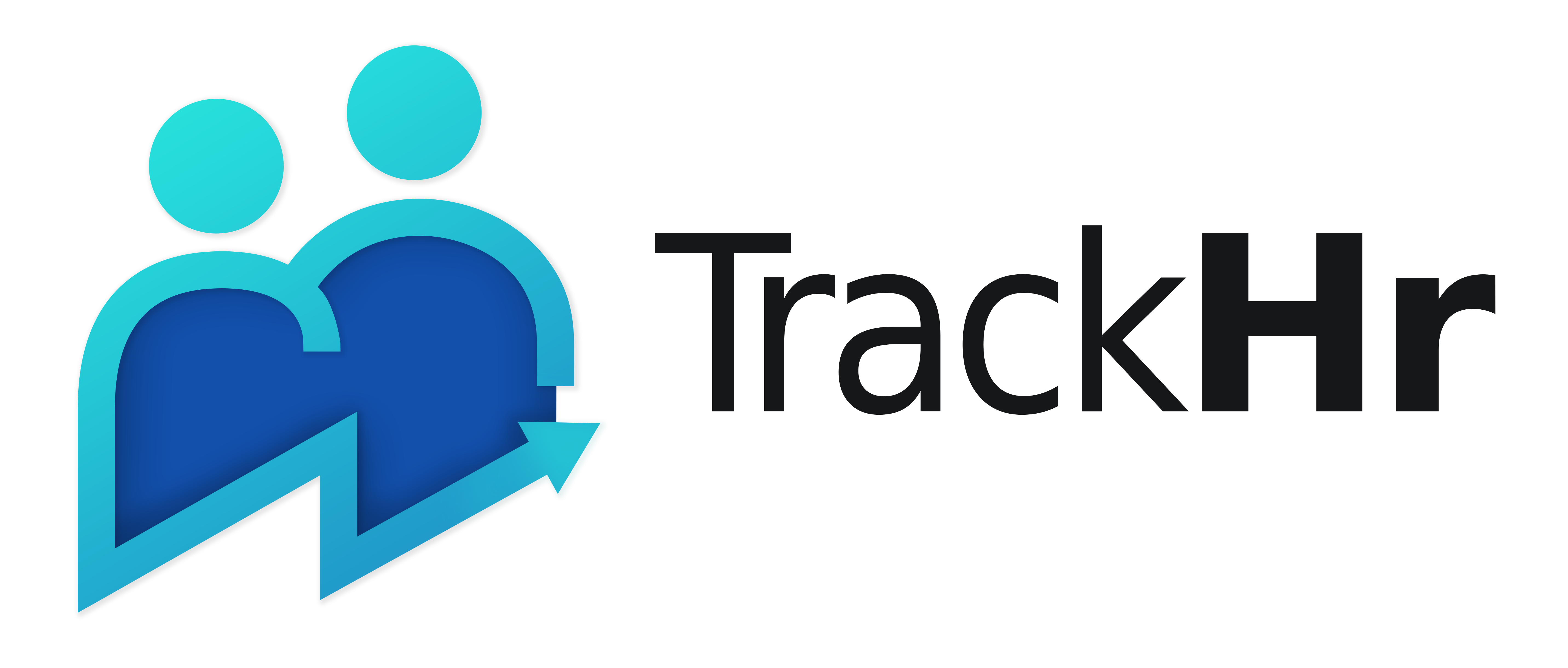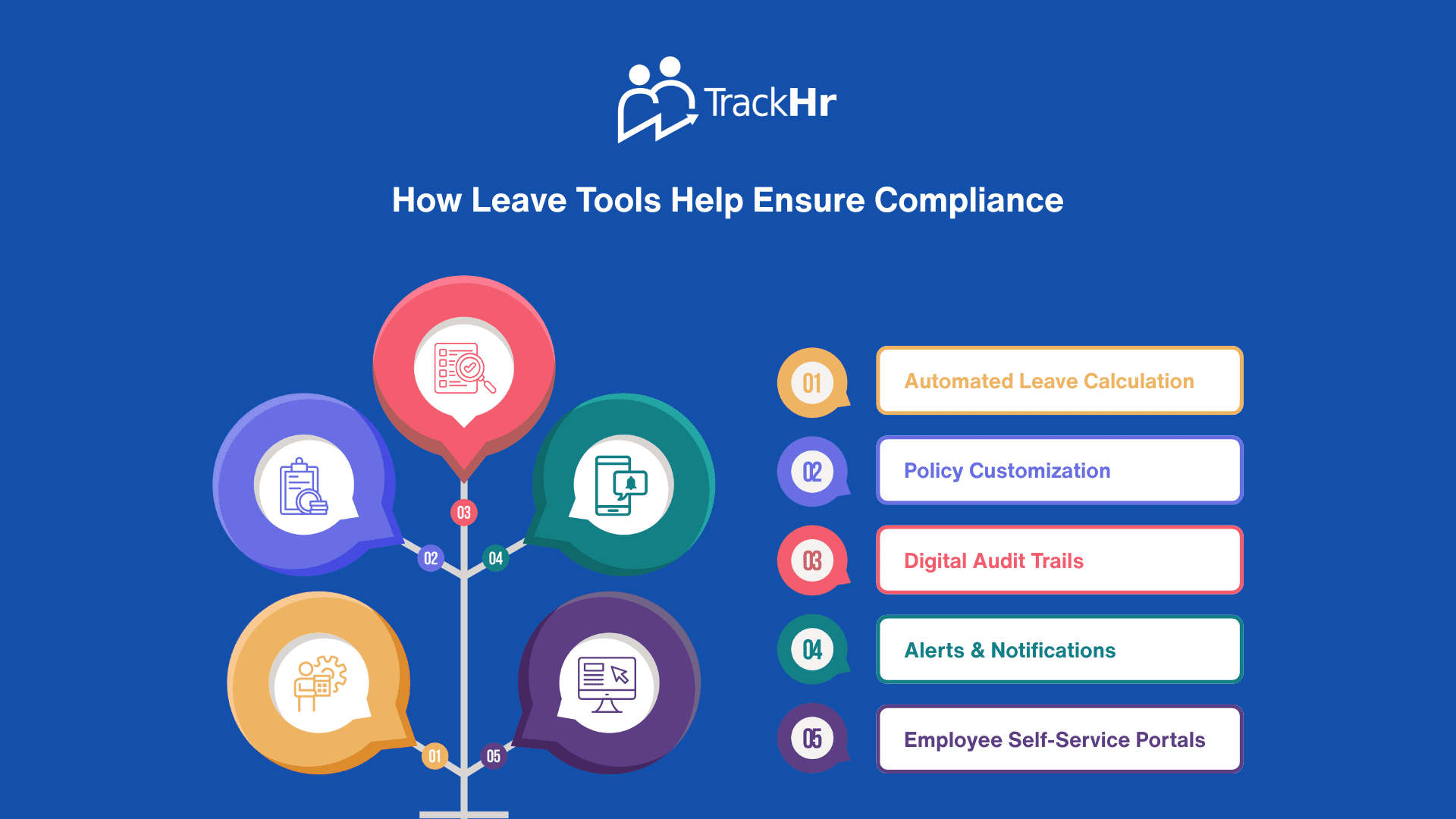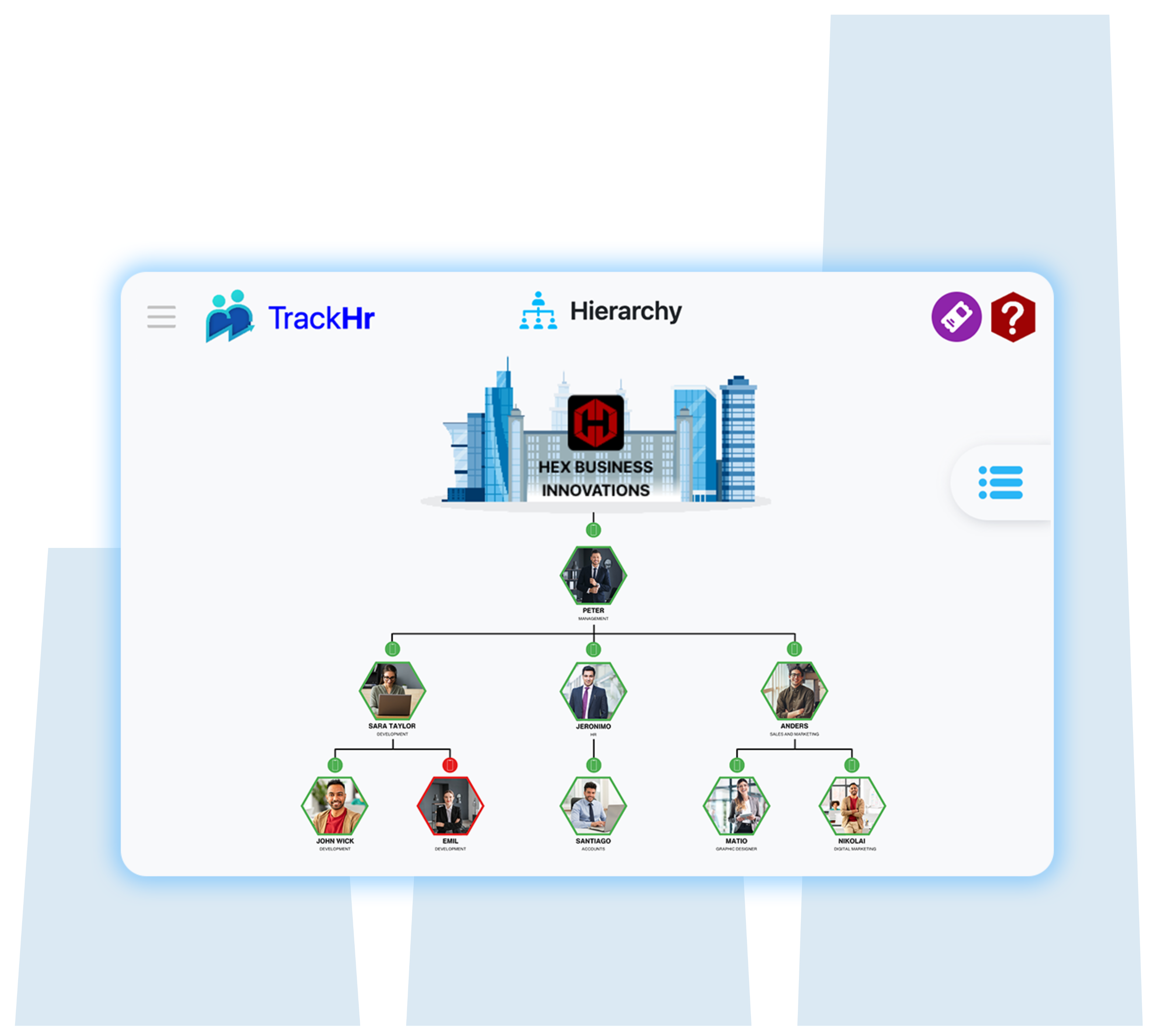Blog
How to Conduct a Work Management Audit
- June 26, 2025
- 9:56 am
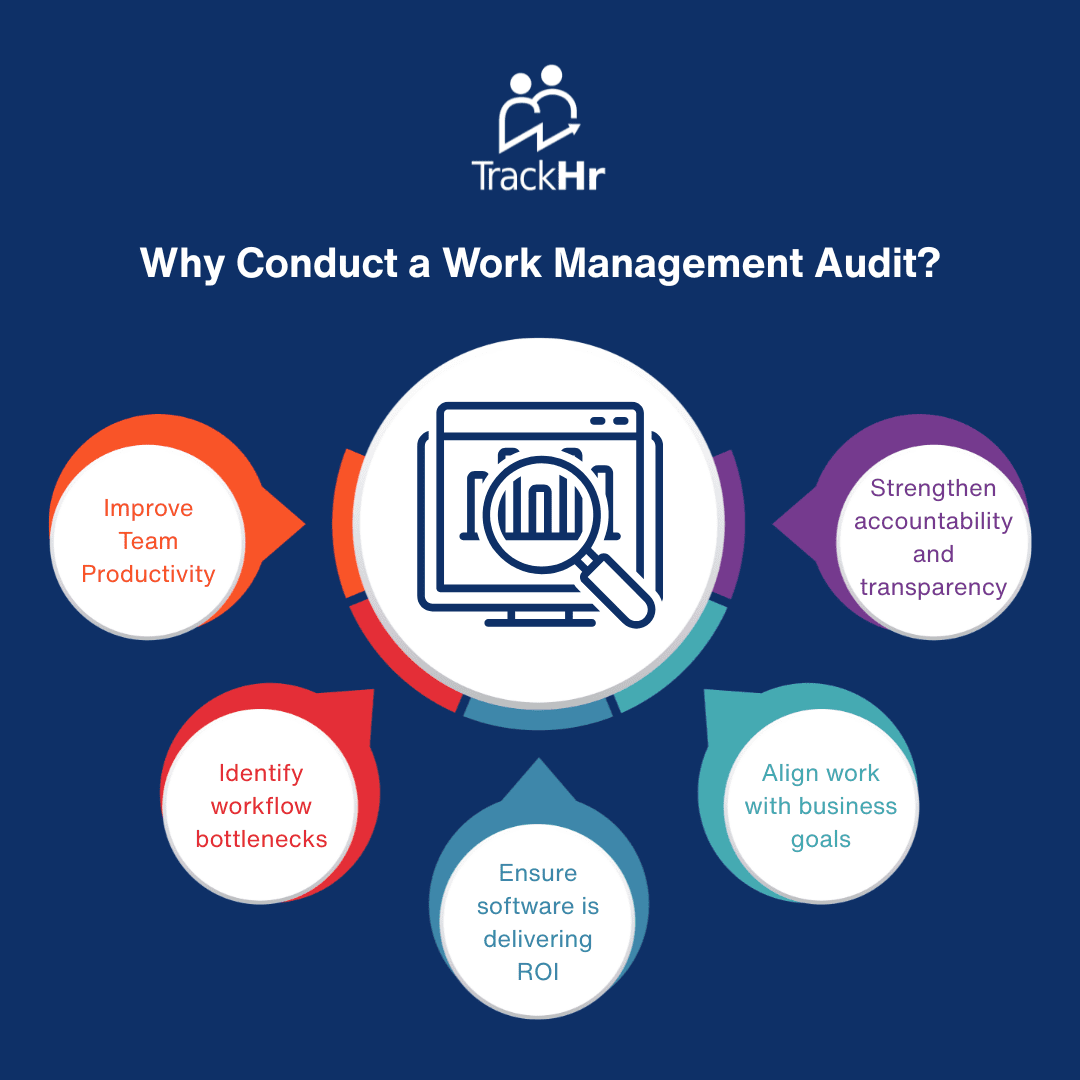
Since companies are growing and more remote or hybrid teams are getting popular, work management audits are increasingly becoming needed. Work management audits can also assist in finding out inefficiencies and gaps in productivity and streamline your workflows. This handbook will be given in order to learn how to audit work management and what tools can make this procedure easier.
What is a work management audit?
Work management audit is a systematic review of your work planning, execution, and tracking. It audits work distribution, cooperation, tracking, and the efficiency of your tools, such as TrackHr.
Why Conduct a Work Management Audit?
- Enhance the productivity of a team
- Categorize bottlenecks in workflows
- Make sure that the software is providing ROI.
- Incorporate alignment of work to business objectives
- Empower accountability and transparency
Steps to Conduct a Work Management Audit
1. Establish Specific Goals
List what results you want to achieve: more effective utilization of time, communication, or dealing with the tasks.
2. Research Existing Instruments
Consider reviewing your current systems of tracking time, managing, and collaborating with teams. Find those tools that generate friction or overlap.
Find out how TrackHr makes this process easier. 10x faster here 10x faster here 10x faster
3. A Study of Workgroup Processes
Speak with group leaders and the workforce. It is key to monitor how the flow of work happens across your company, that is, how the work flows, starting with planning to delivery. Seek patterns or obstacles.
4. Study Task and Time Information
Review project logs and histories. Is the deadline met? Is time well utilized? Diagnose problems using this data.
5. Audit Communication
Assess your internal communication channel. Are updates up-to-date and indeed? Is missing key messages a possibility?
6. Perform Business Goals Check Alignment
Ensure it is possible to work towards bigger goals on a daily basis. With the help of KPI dashboards such as TrackHr, the system will help monitor this alignment.
7. Write Your Results
Make a report including insights, recommendations, and performance information. This is expected to point to improvement areas and inefficiency in the system.
8. Take Action
Provide audited workflow changes, assign training, or obtain more improved tools focusing on audit results.
Key Areas to Include in Your Audit
- Division of labor
- Time management
- Effectiveness in communication
- Performance of the employees
- The schedules of project delivery
- Software functionality
TrackHr Role in Work Management Audits
TrackHr facilitates the process of audit as it provides:
- Time tracking in real-time
- Task and project dashboard
- Registers of attendance
- Performance analytics and KPI analytics
- Clear reports and audit trails
Conclusion
Work management audit enables you to make wiser decisions because it will reveal what is working and what is not. It allows improvements in the processes, improved coordination in the teams, and improved goal orientation. Raw work data can be turned into real practice using tools such as TrackHr, leading to measurable changes.
Table of Contents
Exhausted from managing performance management manually?
